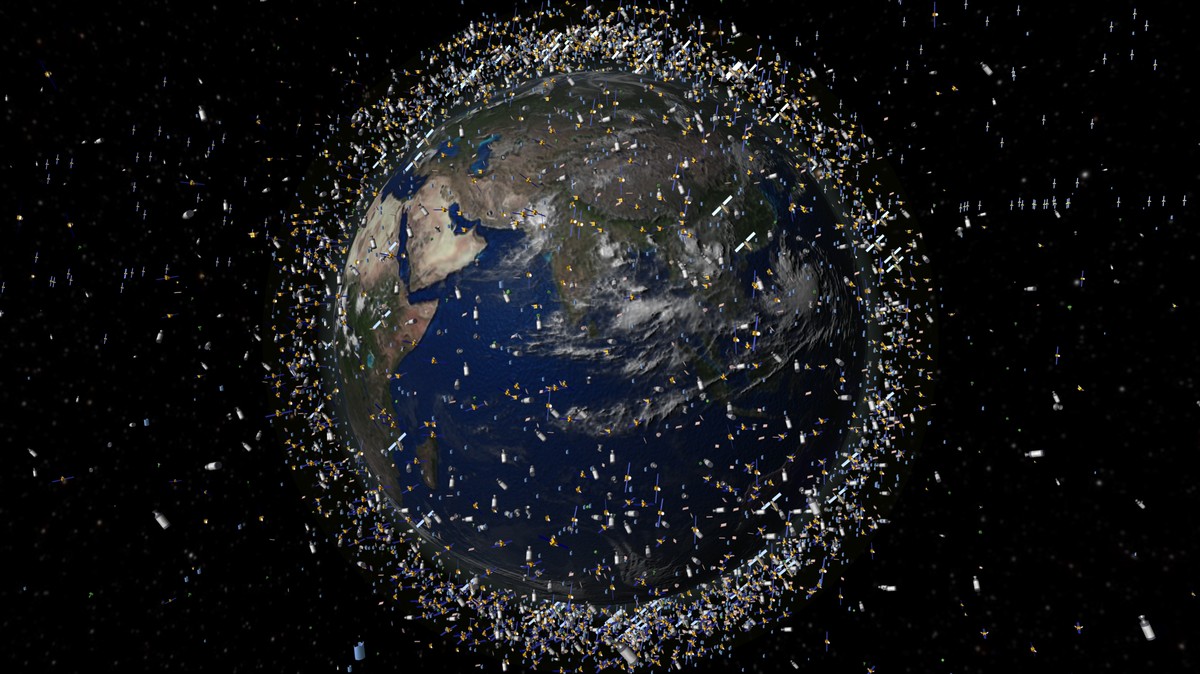A New Way to Find Alien Civilizations: Look for Their Satellites

If an extraterrestrial civilization were to turn its scientific instruments toward Earth, what would it see? If its radio telescopes were on par with the kind we use today, it might notice large amounts of carbon dioxide in our atmosphere, a biomarker indicative of an advanced industrial civilization. If its radio telescopes were far more powerful than our own, it might be able to detect the faint electromagnetic radiation given off by our television broadcasts or radar defense networks scanning for launched nuclear warheads.
Other than that, there’d be little indication to an extraterrestrial astronomers that Earth hosted intelligent life. Yet according to new research by Hector Socas-Navarro, a physicist at the Instituto de Astrofisica de Canarias, in about 150 years Earth will probably have so many geostationary satellites in orbit that they could be detected by extraterrestrials. Moreover, by studying the patterns produced by dense collections of geostationary satellites, astronomers on Earth can begin looking for this type of signature among exoplanet data as a sign of intelligent life on other planets.
In 1945, the science fiction author Arthur C. Clarke wrote a paper for Wireless World that imagined a network of three crewed space stations in orbit around the Earth that would be capable of providing radio coverage to the entire world. These satellites would be in a geosynchronous orbit, meaning that they are far enough away and moving at a velocity such that they are always above the same fixed point on the Earth’s equator. This orbital region is 22,236 miles above the Earth and is often referred to as the Clarke belt.
Source: vice.com